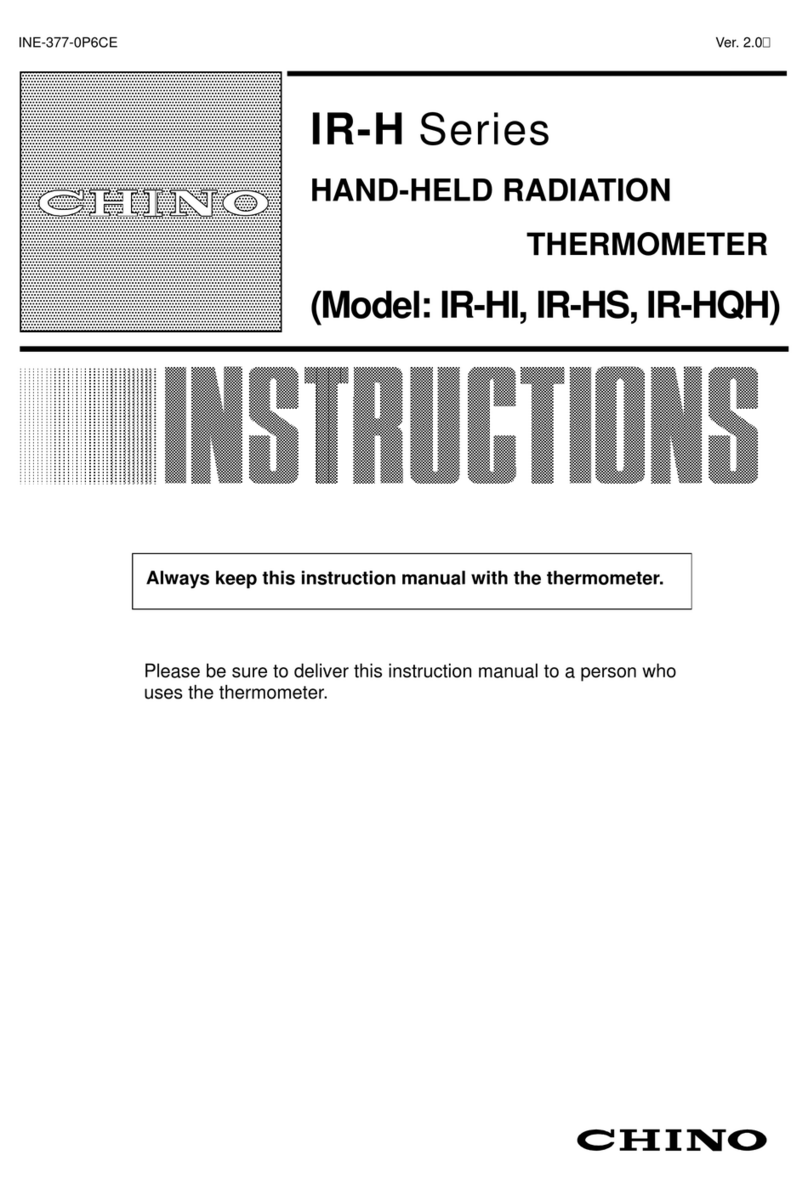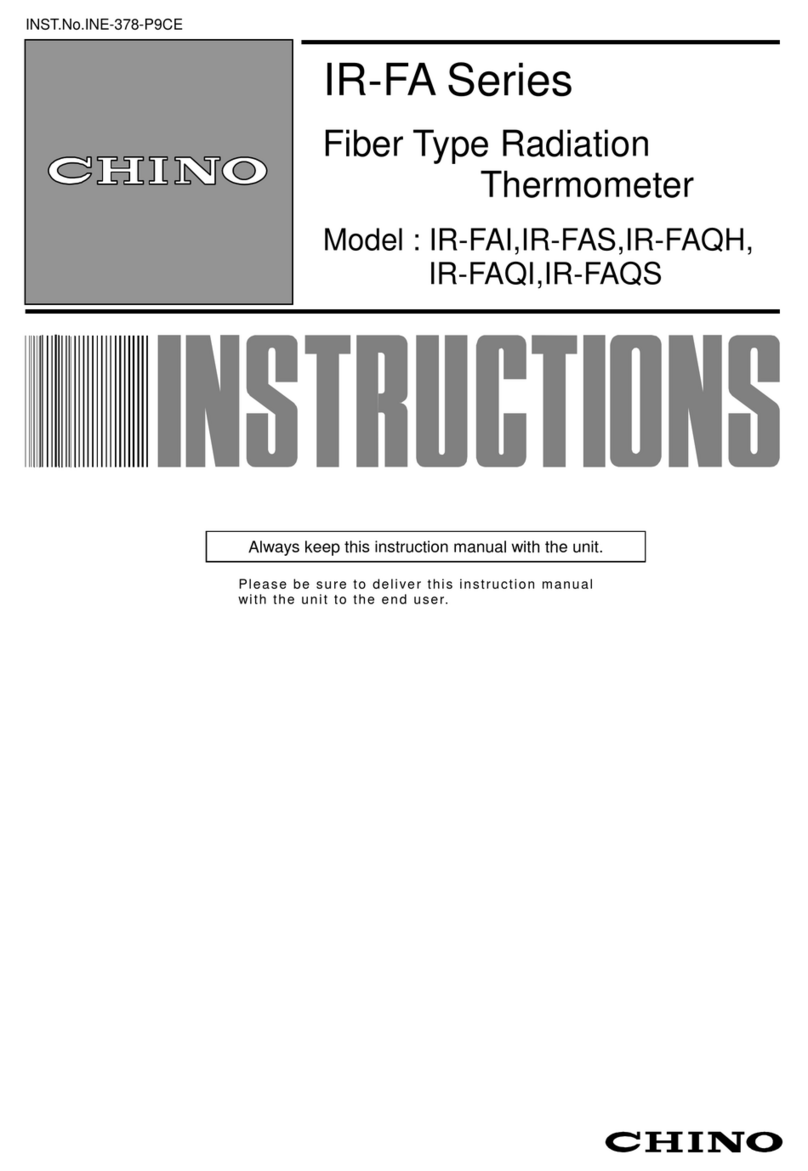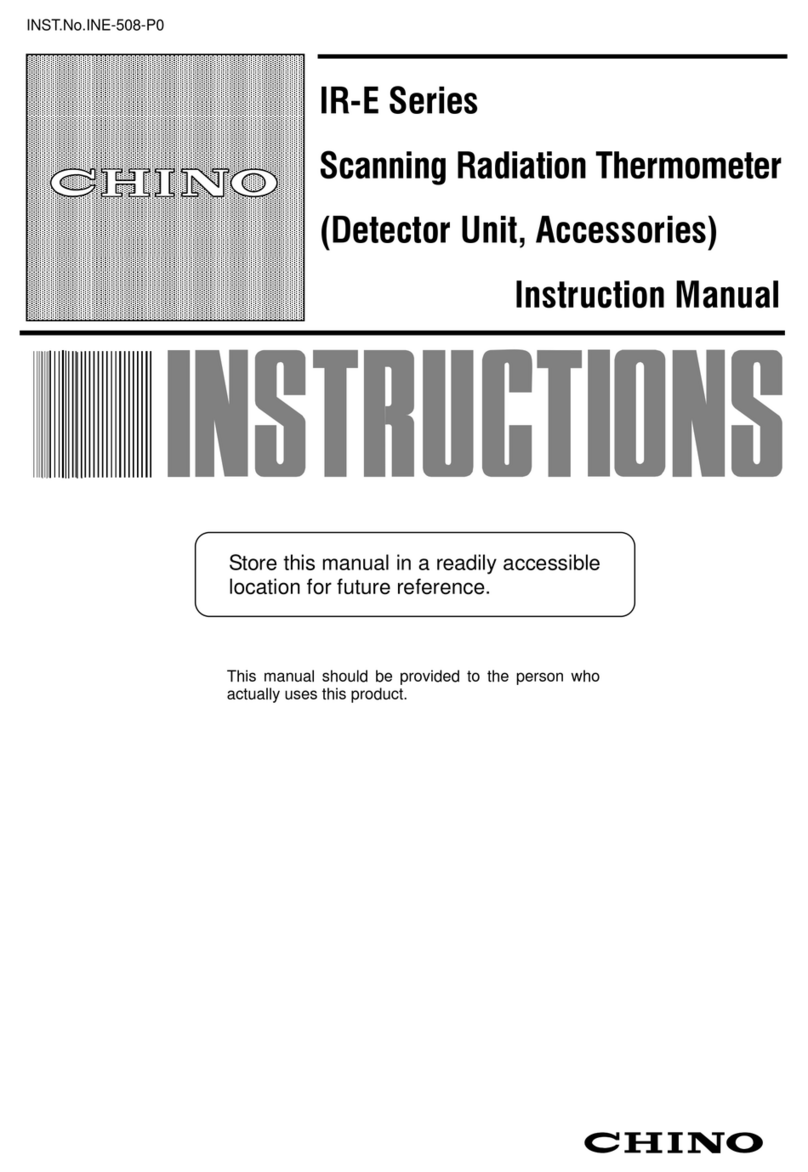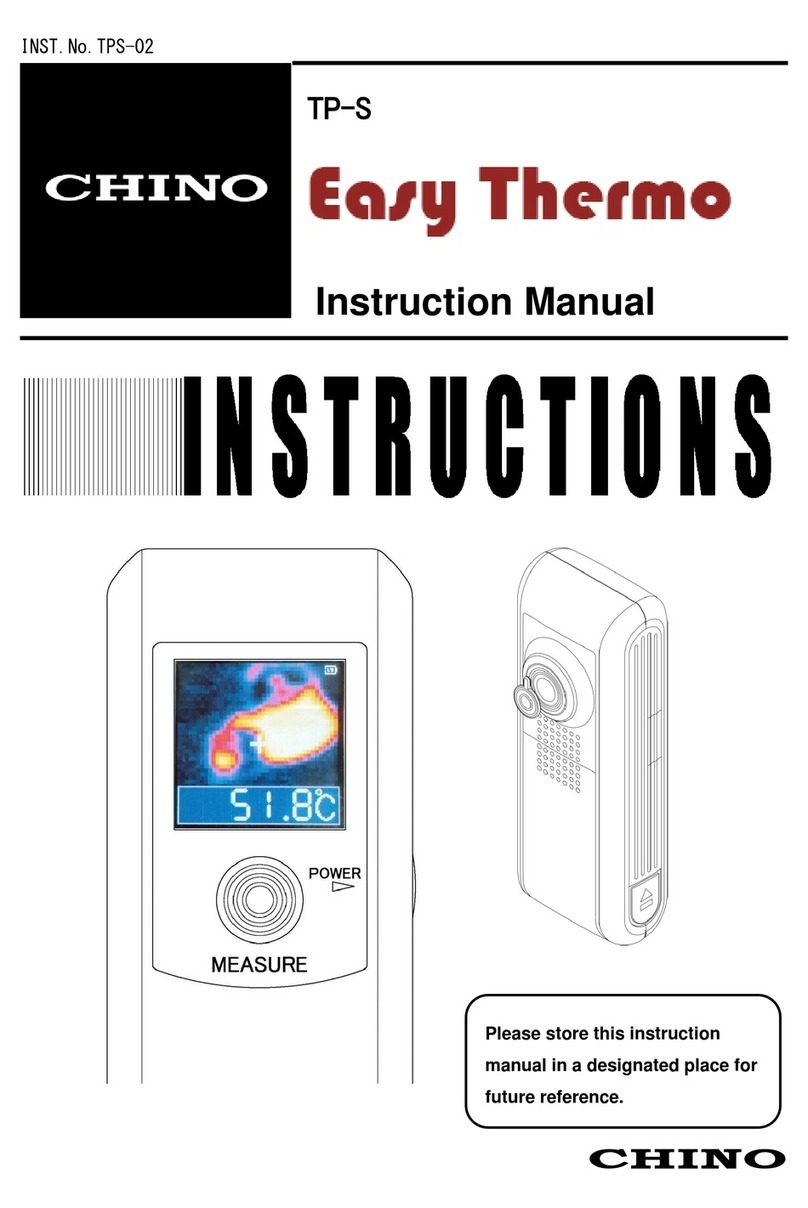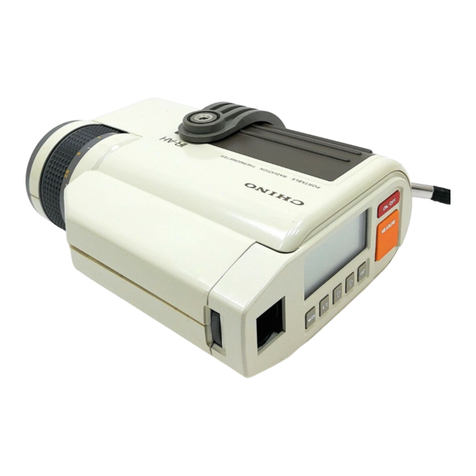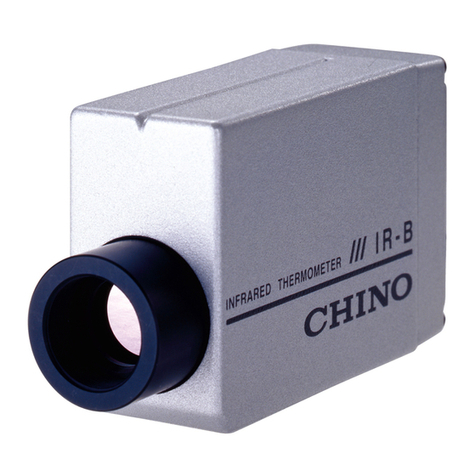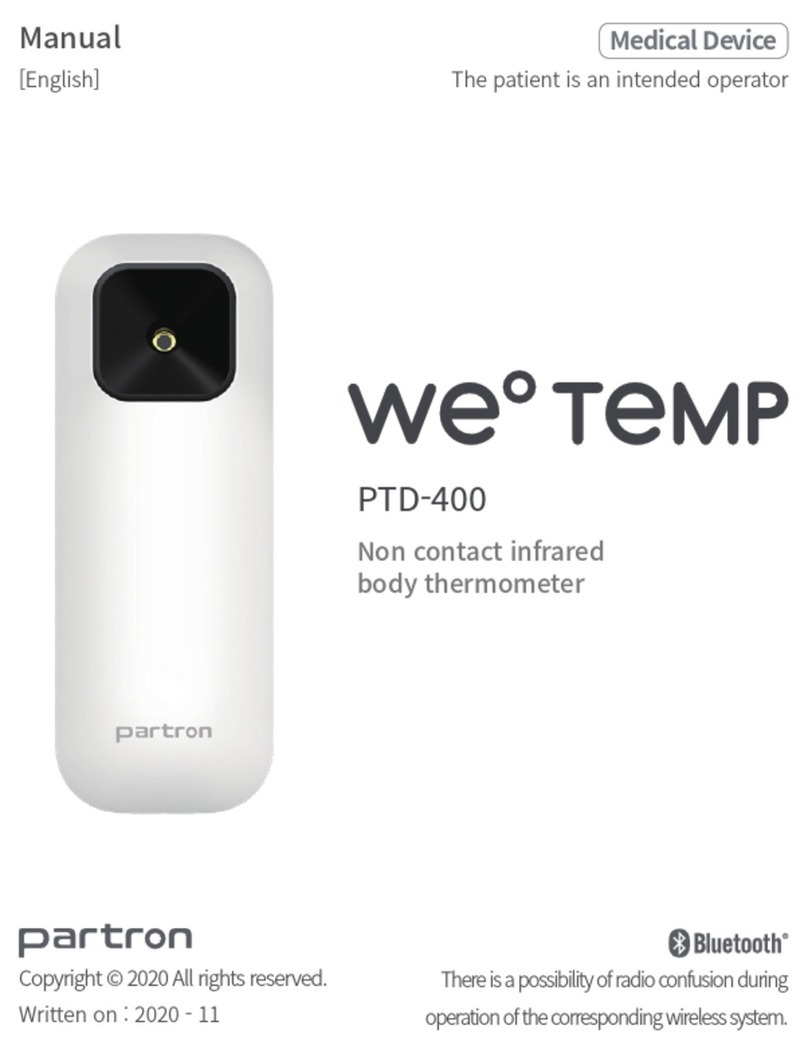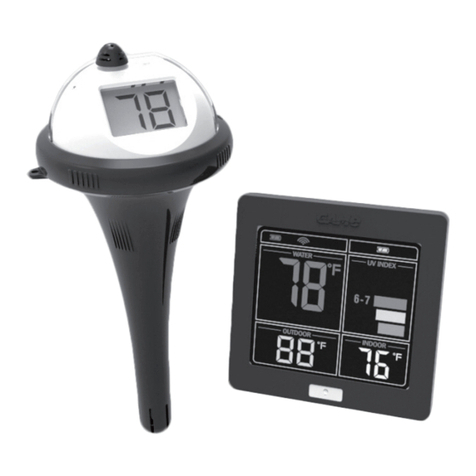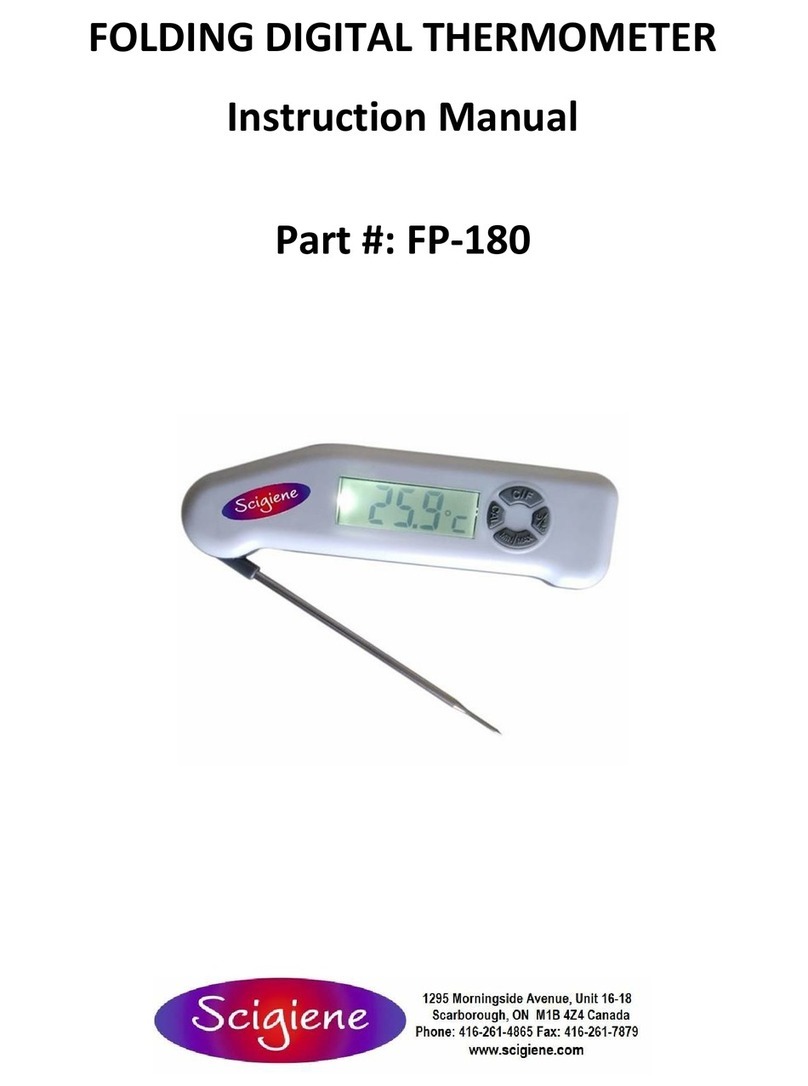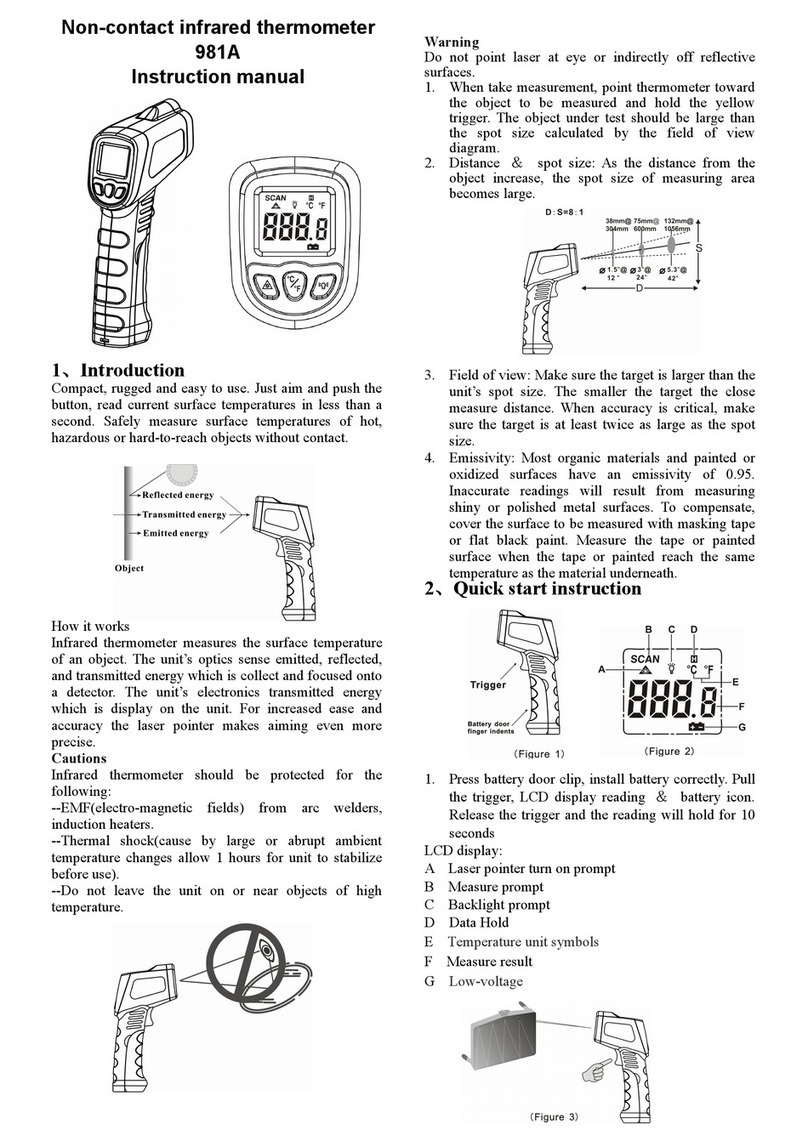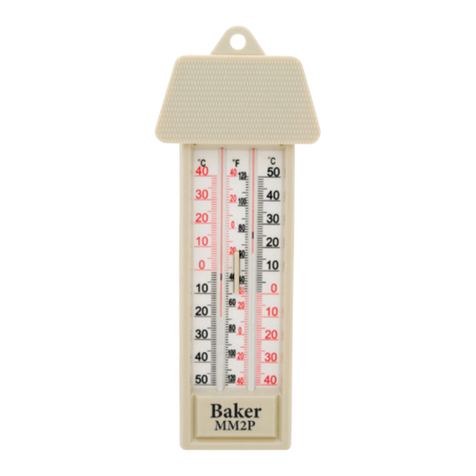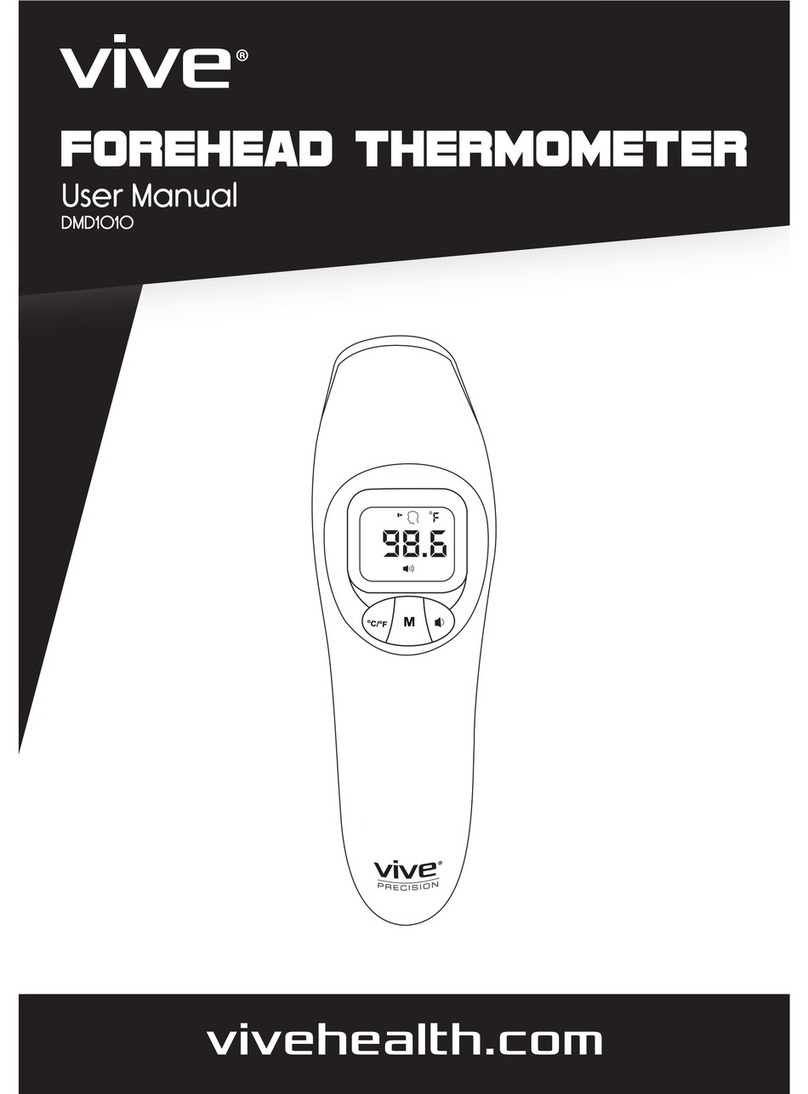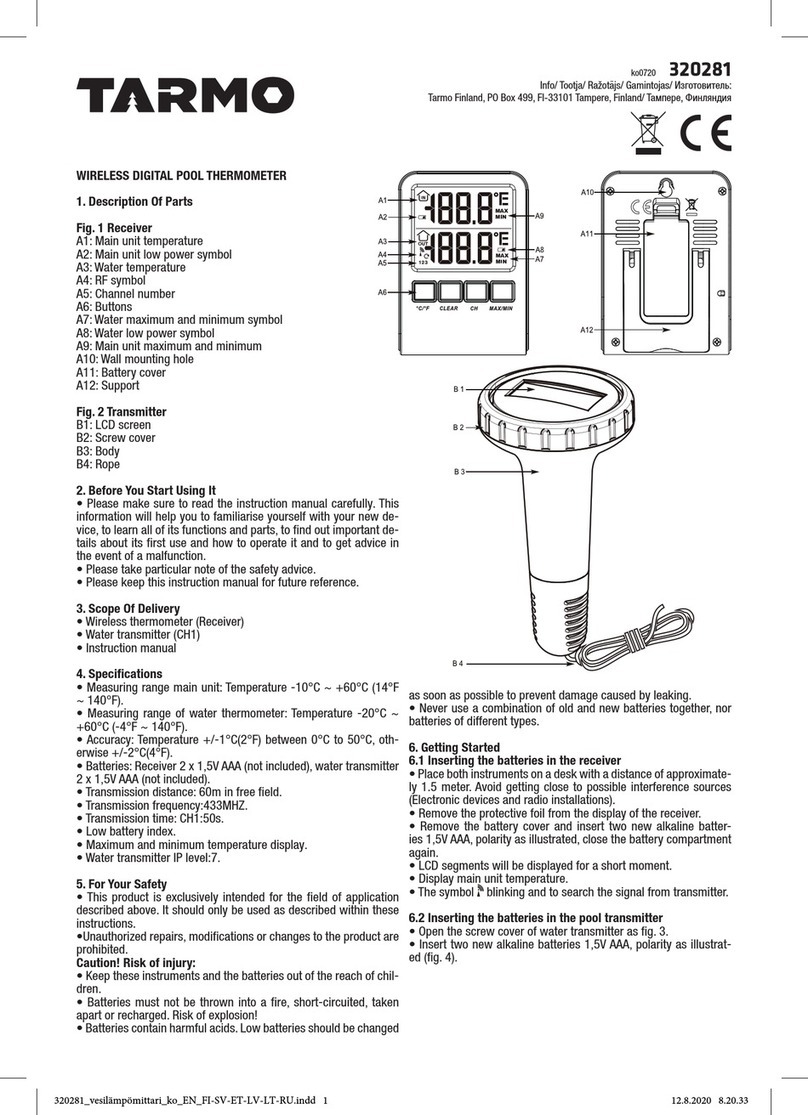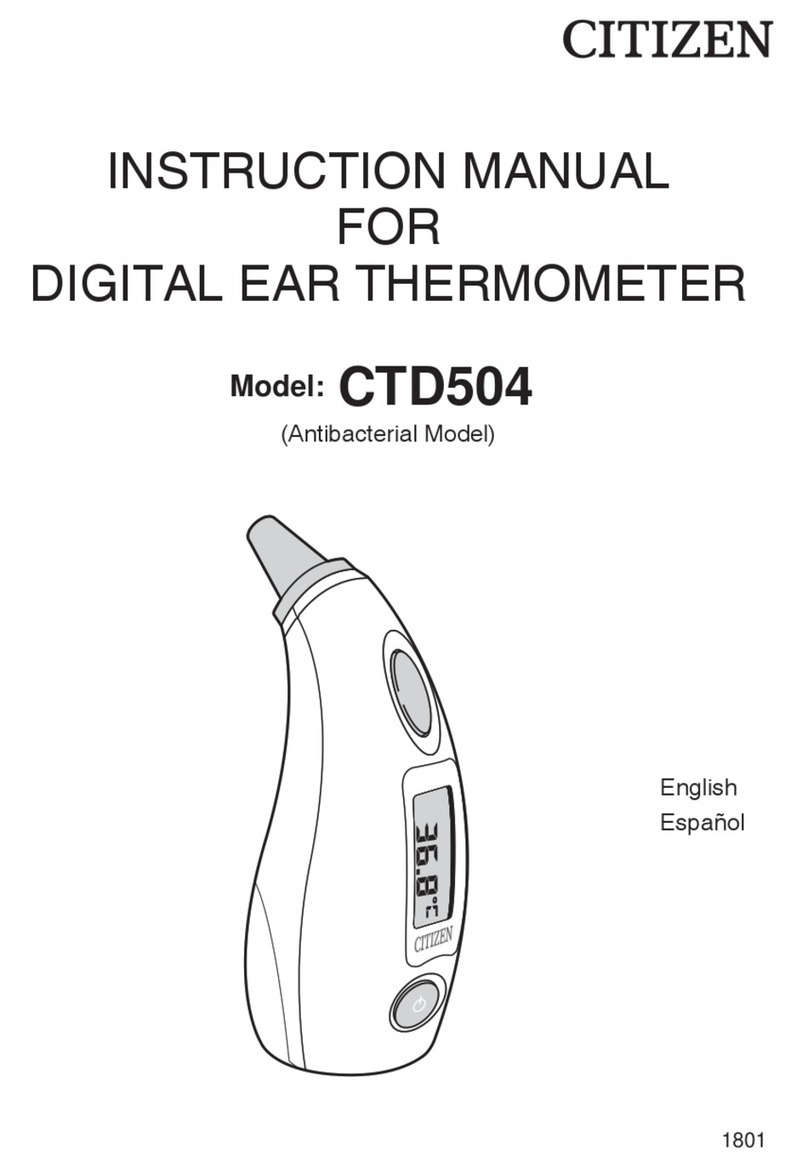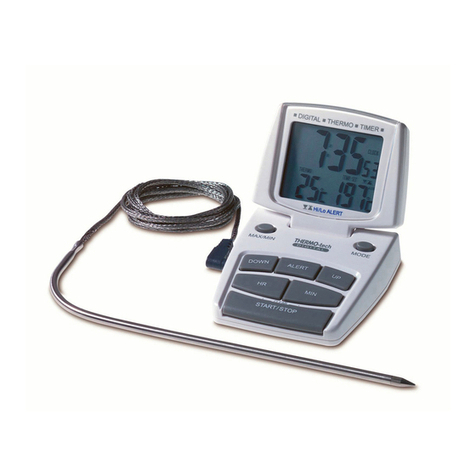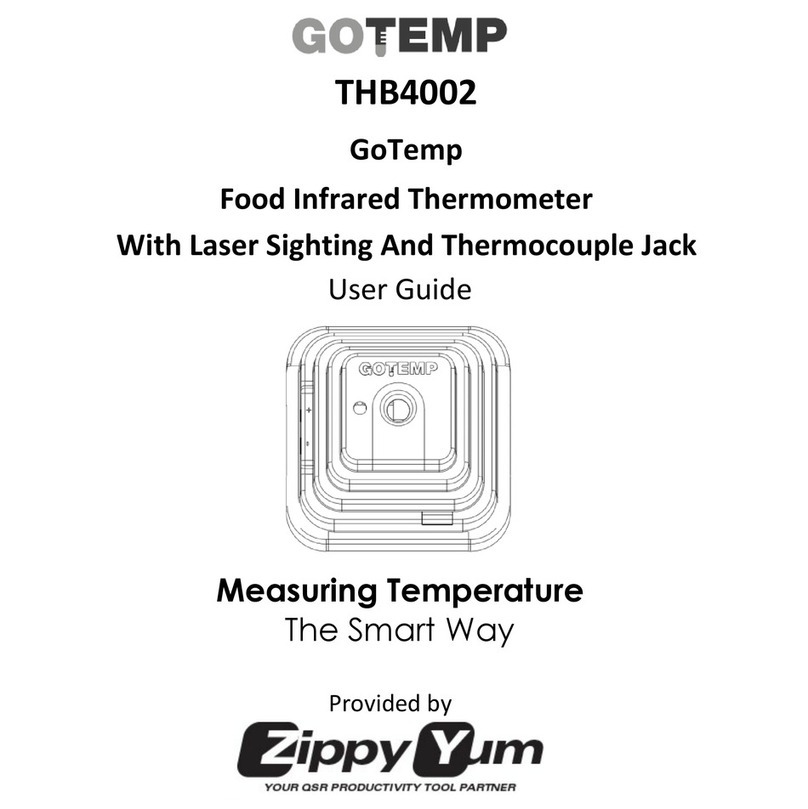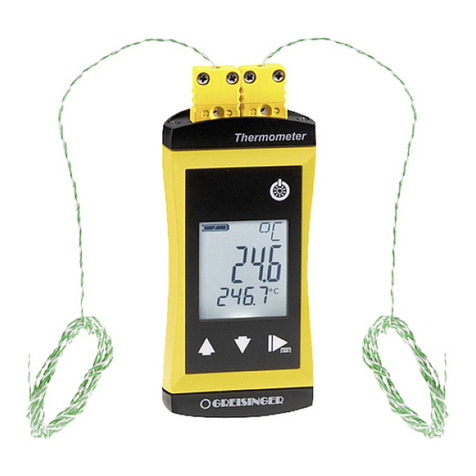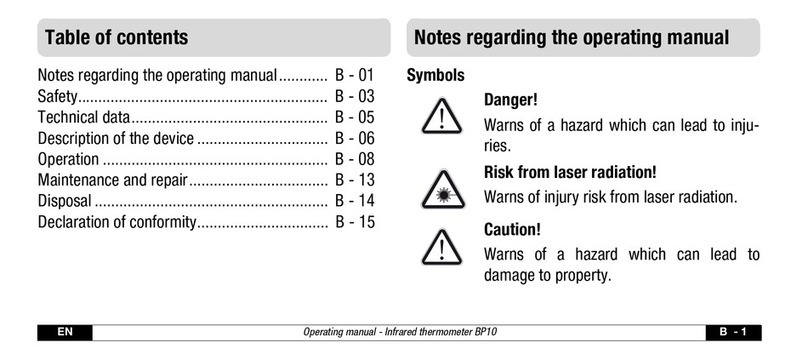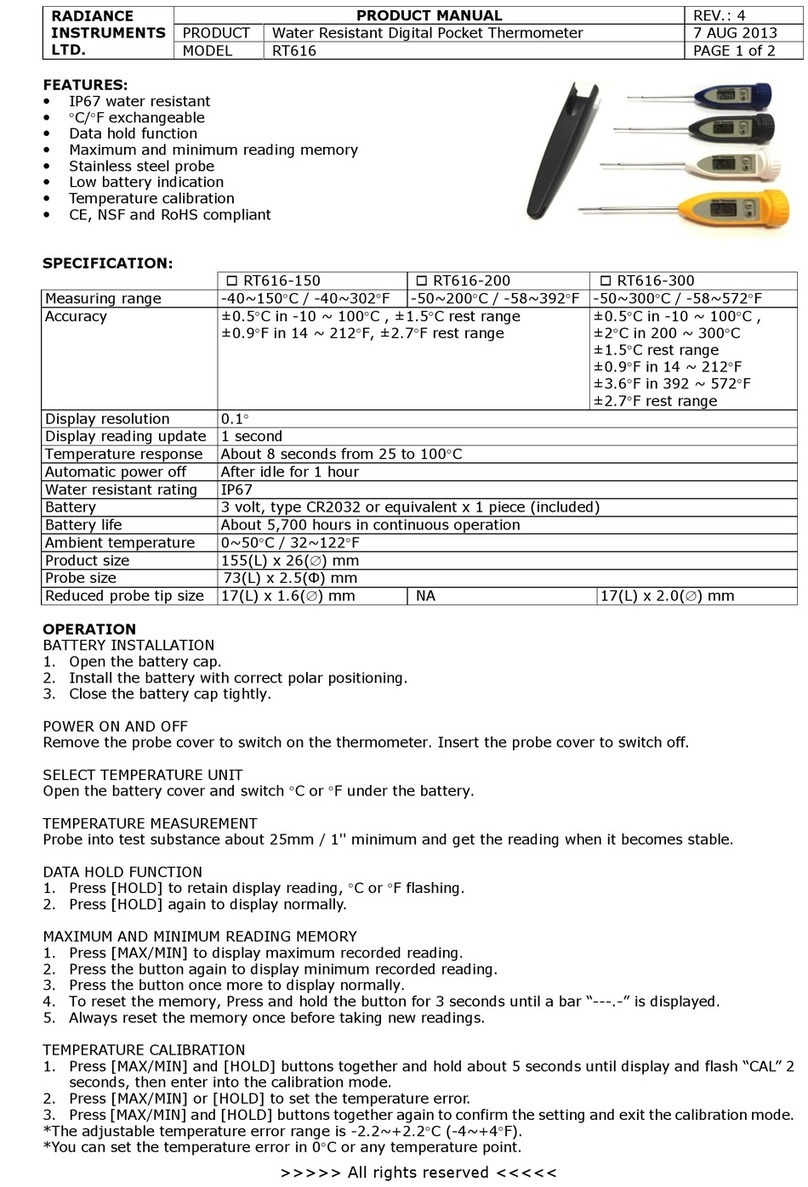
INST.No.INE-551-P1
- C1 -
CONTENTS
1. Introduction......................................................1
1.1 General ........................................................1
2. Model...............................................................1
2.1 Models.........................................................1
2.2 IR-CA series accessories models.................2
2.3 Standard measuring Range..........................2
2.4 System configuration...................................3
2.5 Options ........................................................3
3. Names and functions of component parts........4
3.1 Overview.....................................................4
3.2 Function keys and digital display................5
3.2.1 Functions keys*1......................................5
3.2.2 Markers.....................................................5
4. Installation .......................................................6
4.1 Precautions in installation ...........................6
4.2 Installation...................................................6
4.3 Targeting......................................................7
4.3.1 Measuring distance and measuring
diameter.............7
4.3.2 Focusing of laser targeting function.........8
5 .Connections and wirings..................................9
5.1 Connections.................................................9
5.1.1 Connector connections
(For model IR-CAKC)......................9
5.1.1-1 Connection of the exclusive cable
IR-ZCRC ................9
5.1.2 Terminal wirings
(For model IR-CAKT)....................10
5.1.2-1 Wirings of the exclusive cable
IR-ZCRT................10
5.1.2-2 Wirings to power terminals.................10
5.1.2-3 Wirings to ground terminals................10
5.1.3 Wirings to receiving instruments............ 11
5.1.4 Connections to option + and option -
terminals..........11
6. Operation .......................................................12
6.1 Self-diagnostic function ............................12
6.2 Overflow/underflow..................................12
7. Maintenance and check..................................13
7.1 Periodical checking…. ..............................13
7.2 Trouble shooting........................................13
7.2.1 Measuring value not displayed or
displayed lower........13
7.2.2 Measuring value displayed higher..........13
7.2.3 Display fluctuated...................................13
8. Reference.......................................................14
8.1 Emissivity table.........................................14
8.1.1 Emissivity table (= 0.65µm)................14
8.1.2 Emissivity table (=8 to 11.5µm)..........15
9. General Specifications...................................16
9.1 Thermometer .............................................16
9.2 IR-CAK□□□ outside dimensions..............17
9.2.1 IR-CAKC(Connector type)...............17
9.2.2 IR-CAKT(Terminal type).................17
9.3 Accessories outside dimensions ................18
9.3.1 Protective case (Hard type) IR-ZCCH.18
9.3.1-1 IR-ZCCHC (Connector type)..............18
9.3.1-2 IR-ZCCHT (Terminal type) ................18
9.3.2 Protective case (Soft type) IR-ZCCS...19
9.3.2-1 IR-ZCCSC (Connector type) ..............19
9.3.2-2 IR-ZCCST (Terminal type).................19
9.3.3 Sealing window IR-ZW..................20
9.3.4 Water-cooling flange IR-VSW...............20
9.3.5 Air-purge hood IR-VAAPFX1................21
9.3.6 Water-cooling plate IR-ZCWC...............21
9.3.7 Flange installation plate IR-ZCAF.........22
9.3.8 Simple type universal head IR-ZMS......22
Make sure to read the items with the mark of the articles of are included.
Warning
